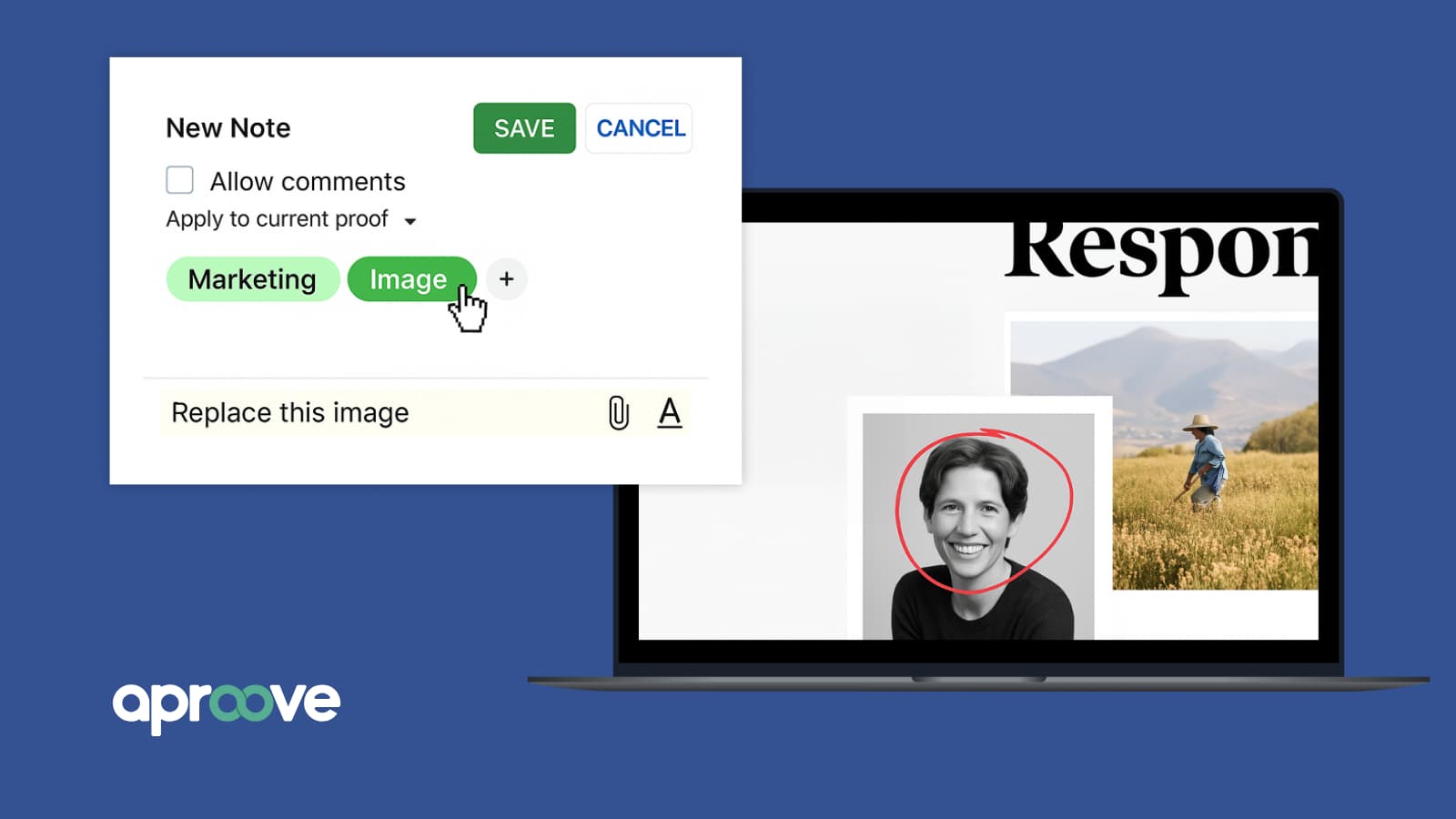Why Compliance-Driven Creative Teams Need Workflow Automation


Why Compliance-Driven Creative Teams Need Workflow Automation
June 2, 2025 2:09:35 PM EDT
8
min read
Complete Guide to Online Proofing Software for Enterprise Teams


Complete Guide to Online Proofing Software for Enterprise Teams
May 16, 2025 12:33:06 PM EDT
10
min read
Why Work Management Software is the Secret Weapon for Omnichannel Retail Campaigns


Why Work Management Software is the Secret Weapon for Omnichannel Retail Campaigns
April 23, 2025 3:19:06 AM EDT
4
min read
How to Create a Winning Marketing Automation Workflow for Insurance Companies


How to Create a Winning Marketing Automation Workflow for Insurance Companies
April 21, 2025 7:22:35 AM EDT
5
min read
Scaling Marketing Operations in Pharma: The Role of Business Process Automation Tools


Scaling Marketing Operations in Pharma: The Role of Business Process Automation Tools
April 17, 2025 9:30:00 AM EDT
5
min read
Meet Jeff Ross - Customer Success Manager, Aproove


Meet Jeff Ross - Customer Success Manager, Aproove
April 16, 2025 6:15:11 AM EDT
3
min read
Mastering Project Management Techniques: A Guide for Brand Managers


Mastering Project Management Techniques: A Guide for Brand Managers
April 14, 2025 9:30:00 AM EDT
6
min read
Why Document Workflow Automation Is a Game-Changer for Large Brands and Their Marketing


Why Document Workflow Automation Is a Game-Changer for Large Brands and Their Marketing
April 10, 2025 8:45:00 AM EDT
5
min read
How BPM Software Improves Marketing Compliance in the Financial Sector


How BPM Software Improves Marketing Compliance in the Financial Sector
April 7, 2025 8:45:00 AM EDT
5
min read
Streamlining Client Approvals with Online Proofing Tools in the Printing Industry


Streamlining Client Approvals with Online Proofing Tools in the Printing Industry
April 2, 2025 9:03:26 AM EDT
4
min read
The Top Features You Need in Project Management Scheduling Software


The Top Features You Need in Project Management Scheduling Software
April 1, 2025 9:34:19 AM EDT
5
min read
Improve Your Marketing Efficiency: How to Optimize Automation Workflows


Improve Your Marketing Efficiency: How to Optimize Automation Workflows
March 27, 2025 5:12:27 AM EDT
5
min read
